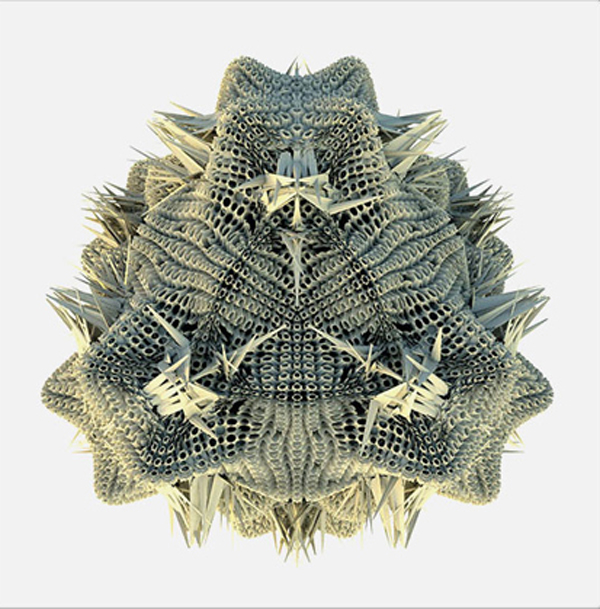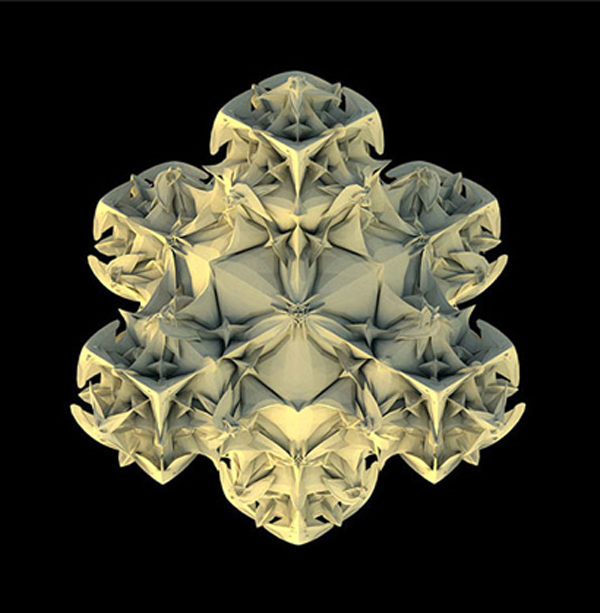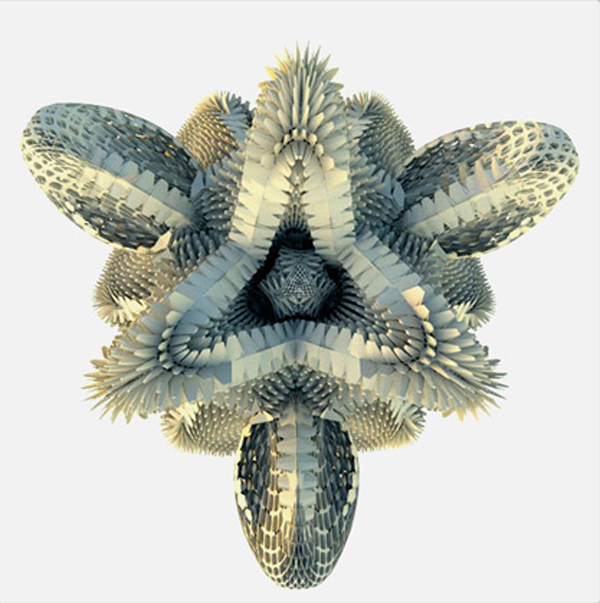There are exactly five plantonic solids; Tetrahedron, Cube, Octahedron, Dodecahedron, Icosahedron. While they might sound fancy they are actually the most basic building blocks that can be reduced to. They are named for the ancient Greek philosopher Plato who theorized that the classical elements were constructed from the regular solids. Algorithmic scripting is allowing designers to create new forms for the 21st era using Plato’s solids.
Every physical structure no matter how complex can be reduced down to and explained with the platonic solids. Architecture can be described as the practice of combining and rearranging platonic solids to create an attractive and usable space. Up until recently this additive process of form making was limited to a linear one, wherein the author of the structure manually stacked, flipped and rotated platonic solids to achieve a desired singular end result.
Today’s computational power allows us to write complicated scripts and codes to generate forms based on programmatic and operational goals rather than simple aesthetic ones. This project shows the strength, robustness, and flexibility of such an approach. The most basic platonic solids are given one single rule or operation to follow and these amazing beautiful forms emerge.
The authors (architect) job is shifting from being the visionary of an end result, to writing smart and beautiful processes for these amazing forms to emerge from. The forms shown here cannot be categorized as architecture since they do not create any usable space or physical structures that have a scale, site, or purpose, but one could imagine that with a few modifications to the algorithms that create these sculptures the forms that emerge would be usable and build-able structures.
Subdivision algorithms in this project are based on the work of daniel doo & malcolm sabin, edwin catmull & jim clark, jörg peters & ulrich reif, and charles loop.








